by Zachary Clemente
While at SPX this year, I was able to grab a quick word with seven amazing cartoonists about their work in Hana Doki Kira, a Shōjo comic and illustration anthology released earlier this year after a rather successful Kickstarter campaign. Not only filled with gorgeous work inspired by Shōjo – a sub-genre of manga covering a wide variety of subjects, often with a strong focus on human and romantic relationships. As the anthology itself describes:
Shōjo is known for its distinctive use of flowery imagery, magical plot devices, and romantic themes. Out book takes its title from three key elements of the Shōjo world: Hana meaning flower, Doki echoing the sound of a pounding heart, and Kira – the impression of sparkling beauty.
Contributors to Hana Doki Kira in attendance at SPX were: Alice Meichi Li, Carey Pietsch, Kris Mukai, Megan Brennan, Rebecca Mock, Tim Ferrara, and Annie Stoll – who served as art director on the project. I asked each their introduction to Shōjo, how it has influenced their work, and what working on an anthology was like.
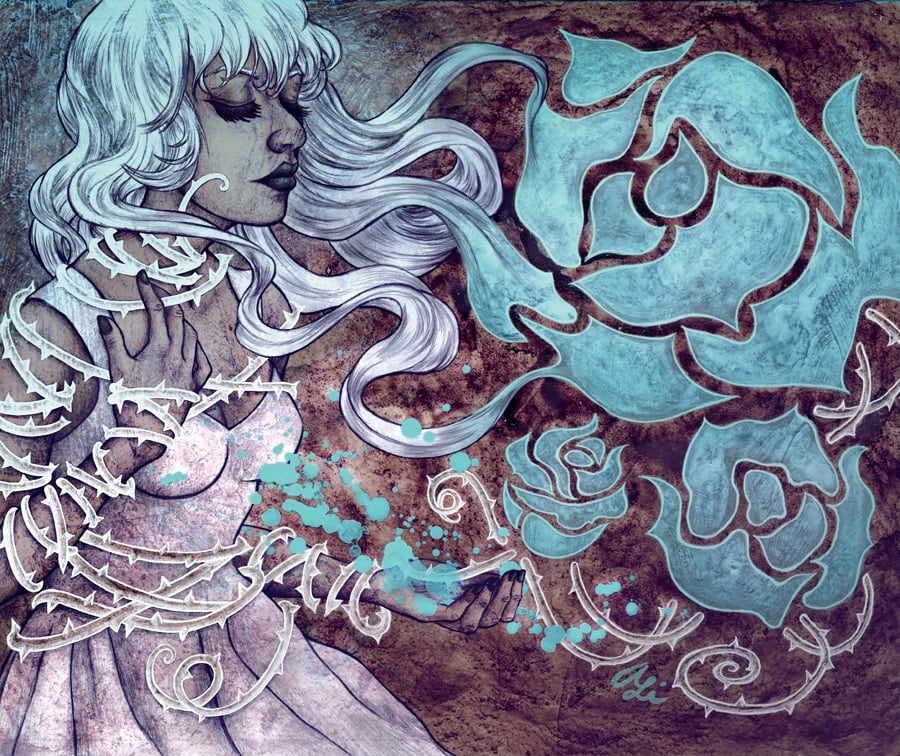
One of the most popular and influential Shōjo series, Sailor Moon was named as a gateway for many not only into the genre, but into comics in general.
When I was very young, one of my babysitters introduced me to Sailor Moon and at the time I had a serious need for stories about ladies and stories about girls who are fully-realized characters who got to be silly and dumb and got to express their wants and needs; but also be powerful and have agency in their own world. That started a life-long love affair. […] I love stories about girls, about things girls love by women – it’s a wonderful thing. – Carey Pietsch
Megan Brennan: I wasn’t really into comics until some of my friends started reading Sailor Moon and other Shōjo comics and I realized that comics could be something completely different and I connected with it [Shōjo] really strongly. It was the only comics I read for a really long time because it was telling these stories I couldn’t get elsewhere; girls were the main characters, girl-things were important, and the things they cared would we life-changing and monumental; it was great. – Megan Brennan
Someone handed me Sailor Moon volume 10 in middle school at a school dance; I sat down, read the whole thing, my life was changed forever and I never looked back. – Rebecca Mock
It’s an understatement that there’s a drought in comics for stories starring or aimed at girls and it seems that many readers left wanted found what they needed in Shōjo such as Sailor Moon. Though he didn’t interact directly with Shōjo until later, Tim Ferrara remarked on how it informs his current work:
I didn’t actually grow up reading Shōjo; it was always a genre I thought should exist but I never knew that it did. […] I’m glad it exists; it’s a needed genre – especially here in the States where we don’t have a lot of things that are representative for that demographic. – Tim Ferrara

Each artist is influenced or at least informed by Shōjo, many in the depiction of specific themes or use of ornate illustration.
There’s a lot of tropes that I use – a lot of decorative elements, lots of flowers, lots of sparkly things. […] I also focus a lot on the clothing design and the hair. In Shōjo manga, there’s always beautiful, gorgeous, flowing hair. I love putting that in my art. – Alice Meichi Li
An untranslated copy of Candy Candy volume 10 was one of the earliest comics that I read and absorbed – and since I couldn’t read it, all I could do was look at their facial expressions and try to understand what was going on through the artwork alone. […] One of the earliest things I learned from that was how to do was how to convey an emotion in a comic. – Kris Mukai
I think the themes and the beautiful linework have always been a big influence on me. My style is very sketchy and bold – you might think I would be more drawn to Shōnen, but there’s something beautiful about personal relationships as well as flowing lines that have always captured my heart. You may not think I’m a very Shōjo-inspired person, but I’m always thinking about beautiful lines and interesting stories. – Annie Stoll
It’s easy to latch onto the evocative beauty of how the work, but the influence Shōjo has had goes beyond that – granting an underserved readership access a necessary more.
It’s made me more conscious of writing all characters with agency; that’s something Shōjo manga does well – expanding beyond a traditional, mainstream narrative. I think some of the aesthetic seeps into my work too, I’m a fan of expressive faces and the ability to show emotion very clearly. – Carey Pietsch
It was a way for me to connect with comics. There’s a void in comics. […] There’s comics for young kids and comics for young adults; but theres a gap there for pre-teens and young teens; there aren’t comics that speak to them and specifically not a lot of American comics that speak to girls. Shōjo fills that void, even if it’s cultural appropriation. These comics are coming from Japan – it’s an entirely different culture, we don’t really understand it, but even then there’s something there that we connect to viscerally and you can see how much they’ve caught on in a culture that they weren’t made for; there was such a hunger for that kind of comic. – Rebecca Mock
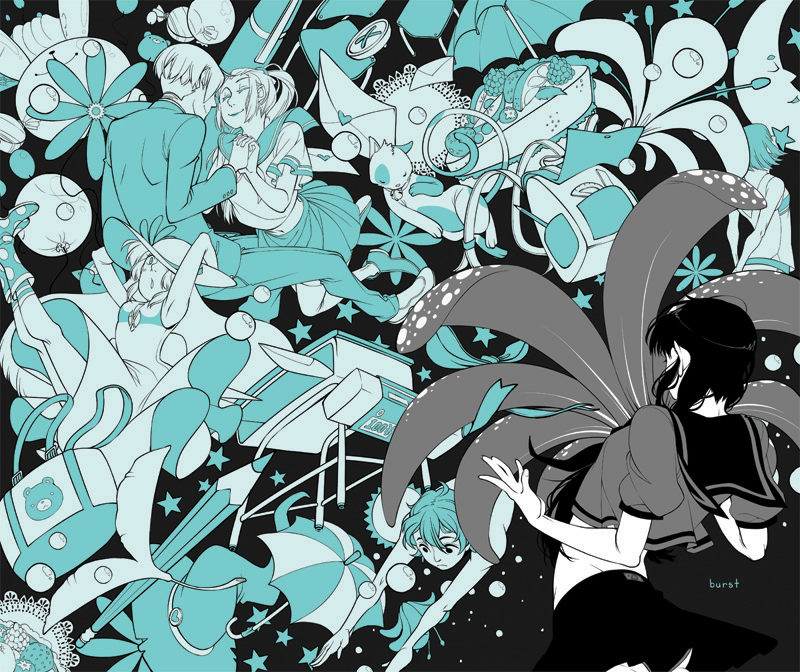
Lastly, I was happy to hear that all were pleased with the process of working towards an anthology and though many only had the responsibility of working on their own pieces, they came together and pulled off the project with aplomb, befitting an homage a spectrum of manga.
I do participate in a lot of anthologies; I take it as a way of making new friends. I love getting to know new artists and just getting to be part of that group is an honor. – Alice Meichi Li
It was so cool seeing the final book come together because everybody else’s stories fit together but they were all so different. You could see completely different perspectives of the same basic ideas. – Megan Brennan
It was at times exhilarating; we felt very powerful with all the possibilities available to us. At other times, it was very stressful because we were taking on a huge responsibility for no reason other than we sat down one day and decided we wanted to do this. We had to commit to this idea that you just come up with without any set due date, nobody backing you; it was really empowering to know that we were able to create something from nothing. – Rebecca Mock
It was so much fun; we really lucked out with Rebecca [Mock] and Annie [Stoll], and the Year 85 Group is so wonderful. It was so excited to get to see other artists talk about their themes and show sneak-peaks of their process along the way, and they did a wonderful job putting it all together. – Carey Pietsch
It was good having that initial group of six people who were really interested in helping out; everyone had a very unique job or position – it was a little bit like a Shōjo manga honestly. […] It was a really good balance of personalities that all worked together – it never felt like a competition. – Annie Stoll
On the actual process of putting together the Hana Doki Kira anthology, Stoll described how it was born out of love for Shōjo.
There was a core six of us who hung out and drew and once we realized that we all loved Shōjo manga and started talking about making some kind of anthology. We ended up structuring it kind of like a pyramid scheme where each of us would invite two or three more people into it, so before you knew it, we had 26 amazing artists that were all making new friends and talking about Shōjo. – Annie Stoll
Stoll is a seasoned veteran in the world of comic anthologies, contributing in the astronomically successful Valor campaign, actively working on the second volume of Hana Doki Kira, and launching an extraordinarily ambitious project, 1001 Knights – a people-positive, feminist bent collection, aimed at making a tome of illustrations, comics, and unconventional art representing no less than 1001 characters.
Here is the full list of the Hana Doki Kira contributing artists: Aimee Fleck, Alex Bahena, Alice U. Cheong, Alice Meichi Li, Anna Rose, Annie Stoll, Becca Hillburn, Carey PIetsch, Catarina Sarmento, Catherine, Chelsie Sutherland, Elisa Lau, Endy, Janet Sung, Kaitlin Reid, Kelly / Hkezza, Kris Mukai, Lindsay Cannizzaro, Megan Brennan, Rebecca Mock, Sarah O’Donell, Shelly Rodriquez, Sloane Leong, Stefanie Morin, and Tim Ferrara. For more, check out their Facebook and Tumblr pages!


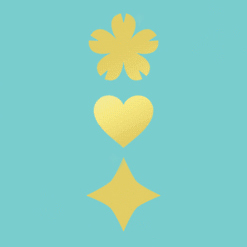
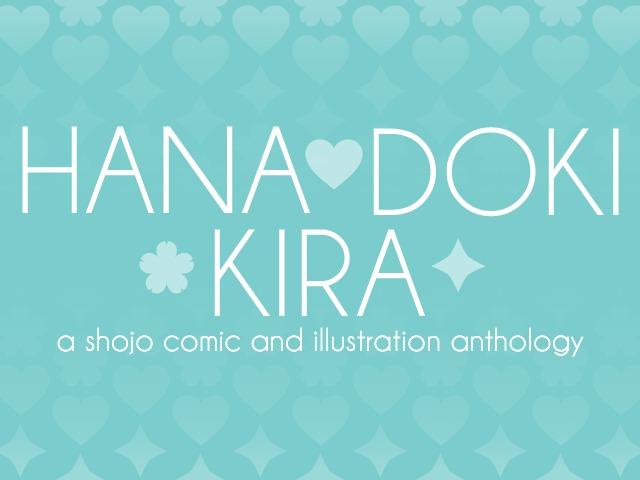

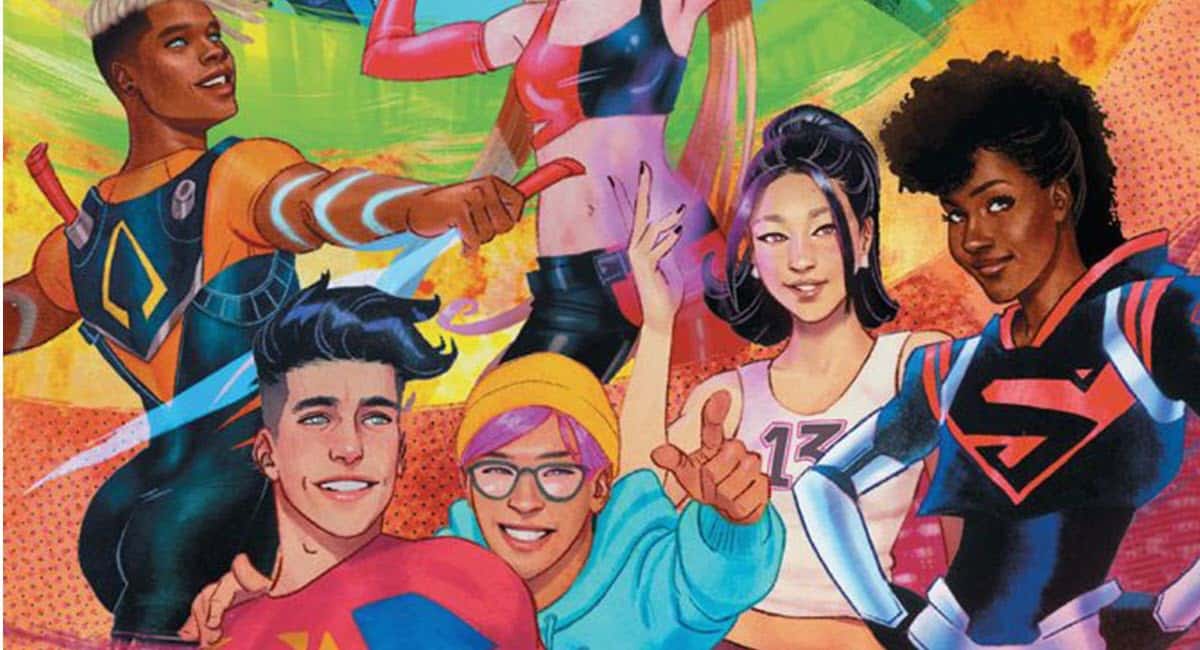
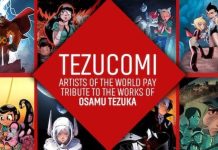
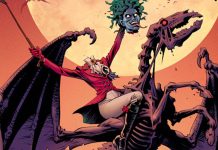



Thanks so much for this super rad article!!! From all of us HDK folks, a big THANK YOU!!!!!!!!
Comments are closed.